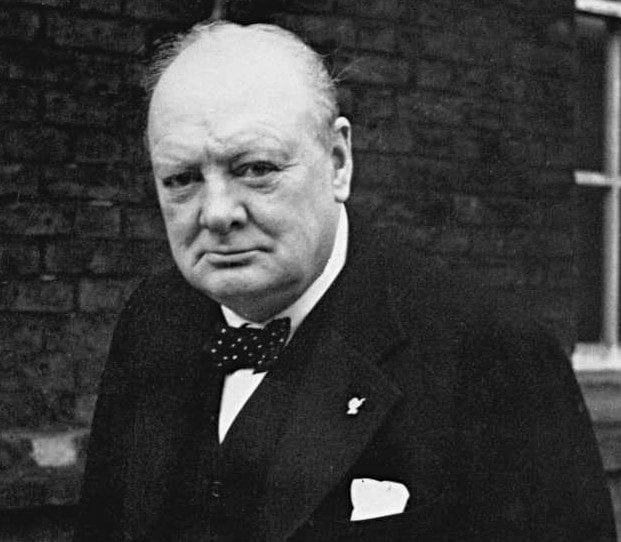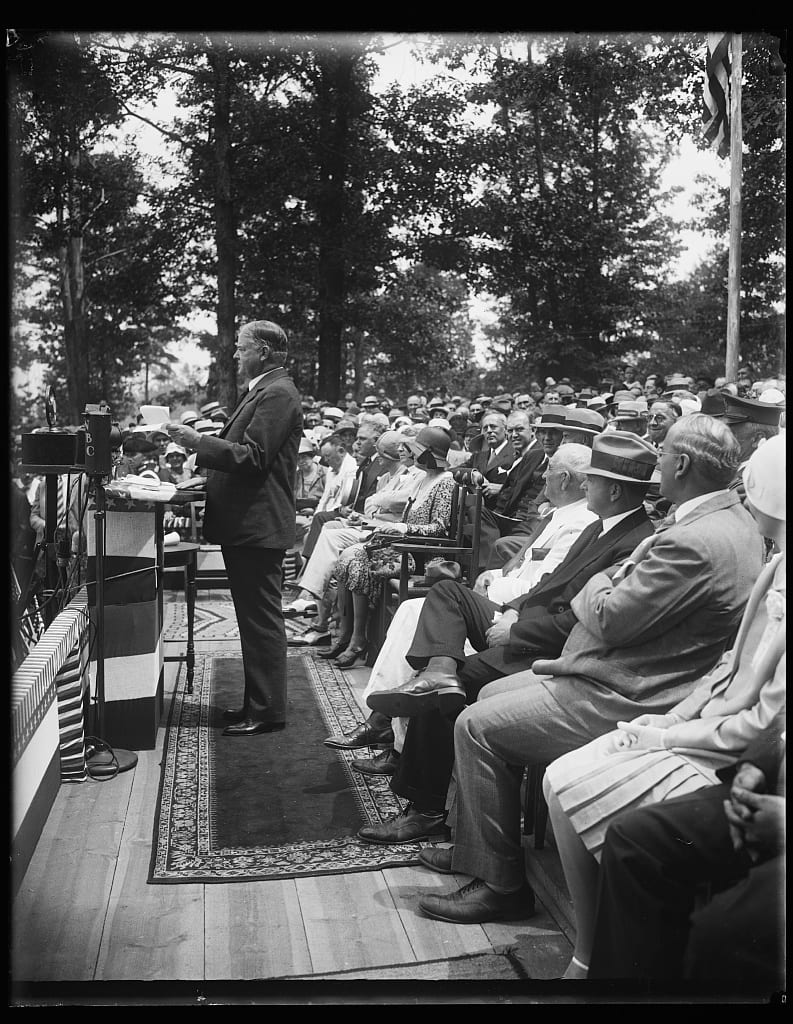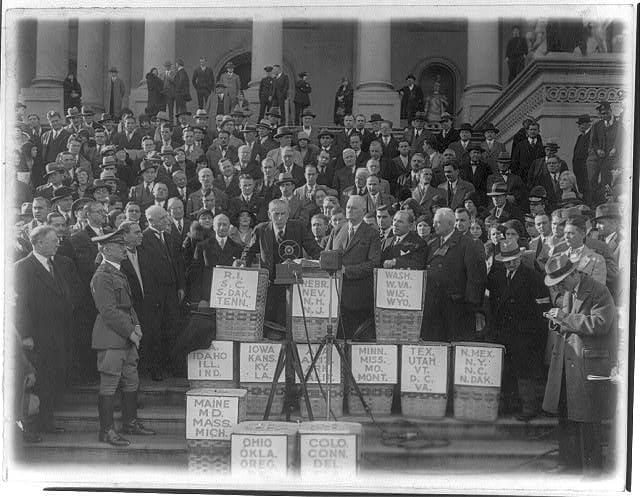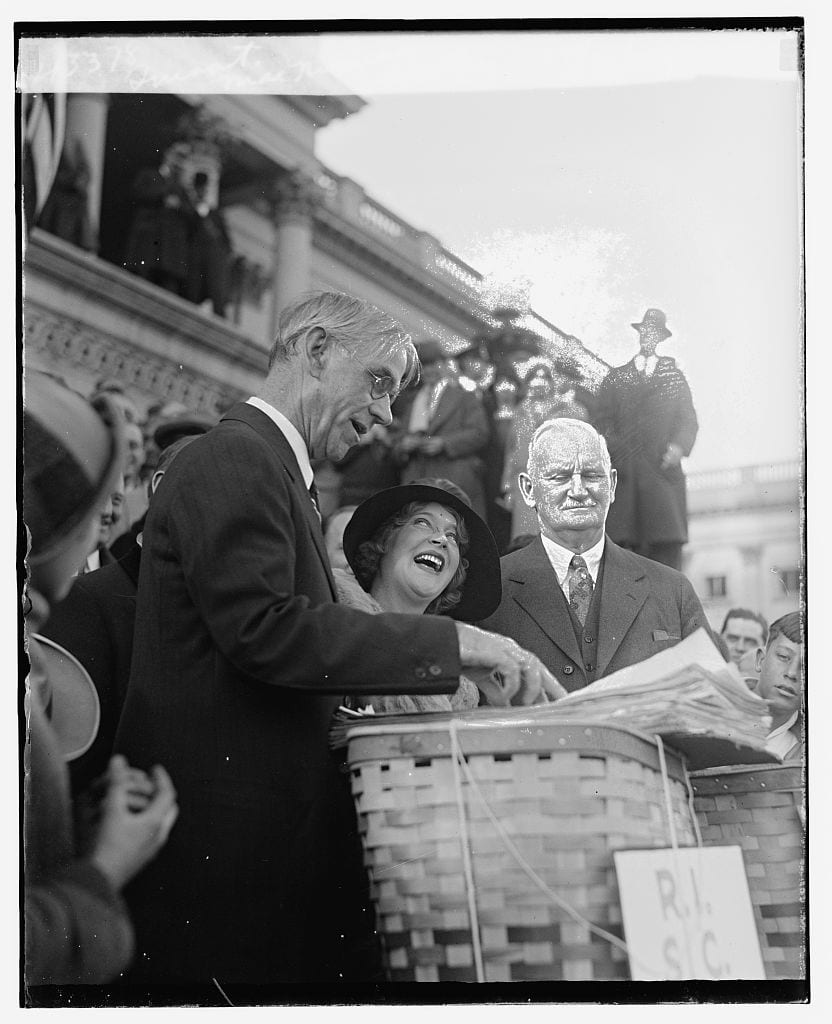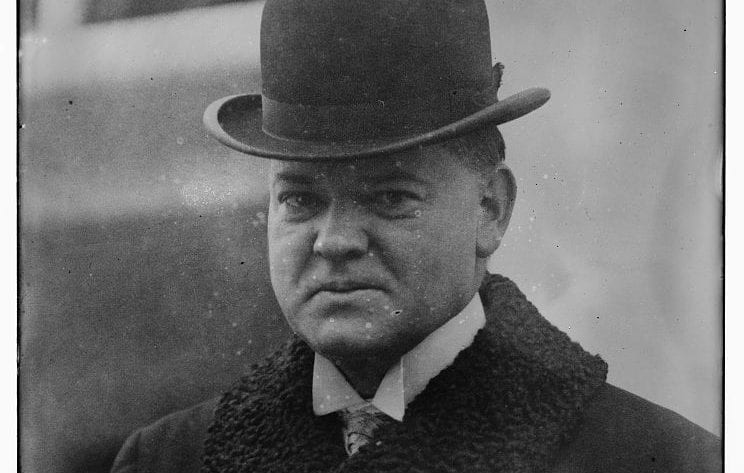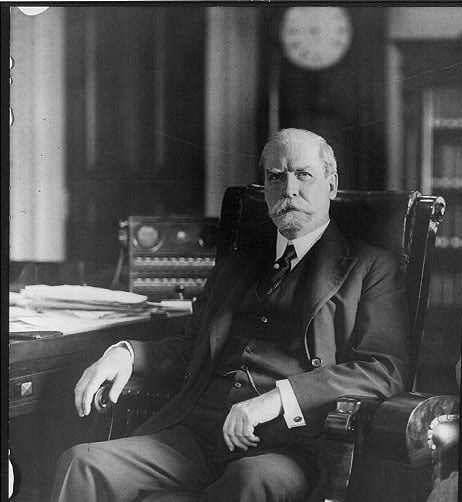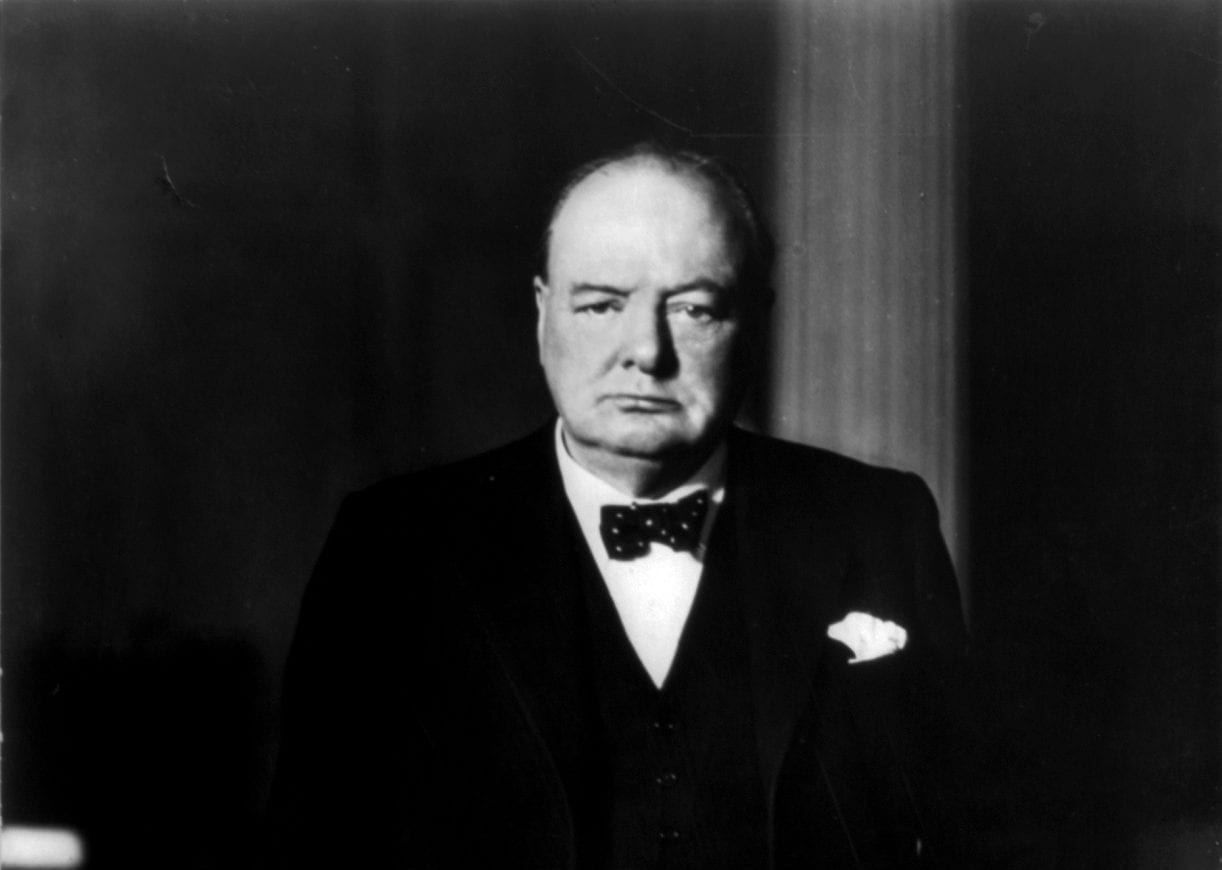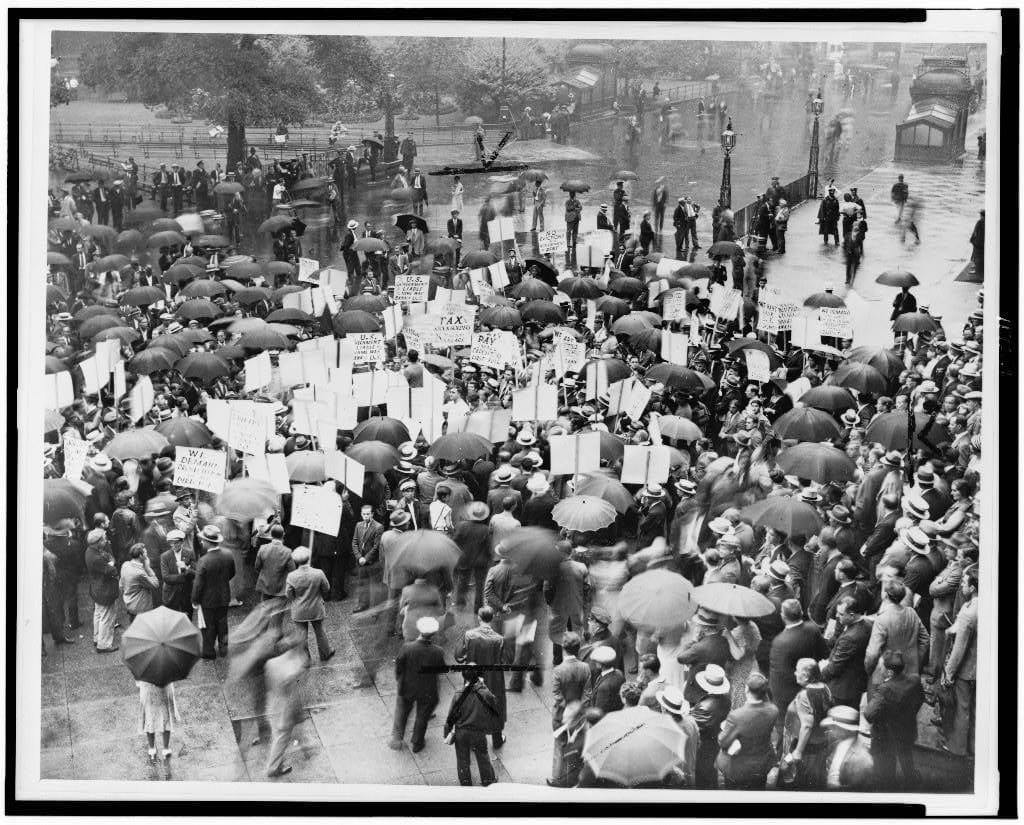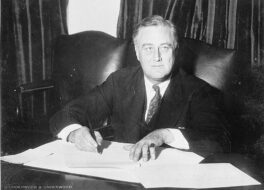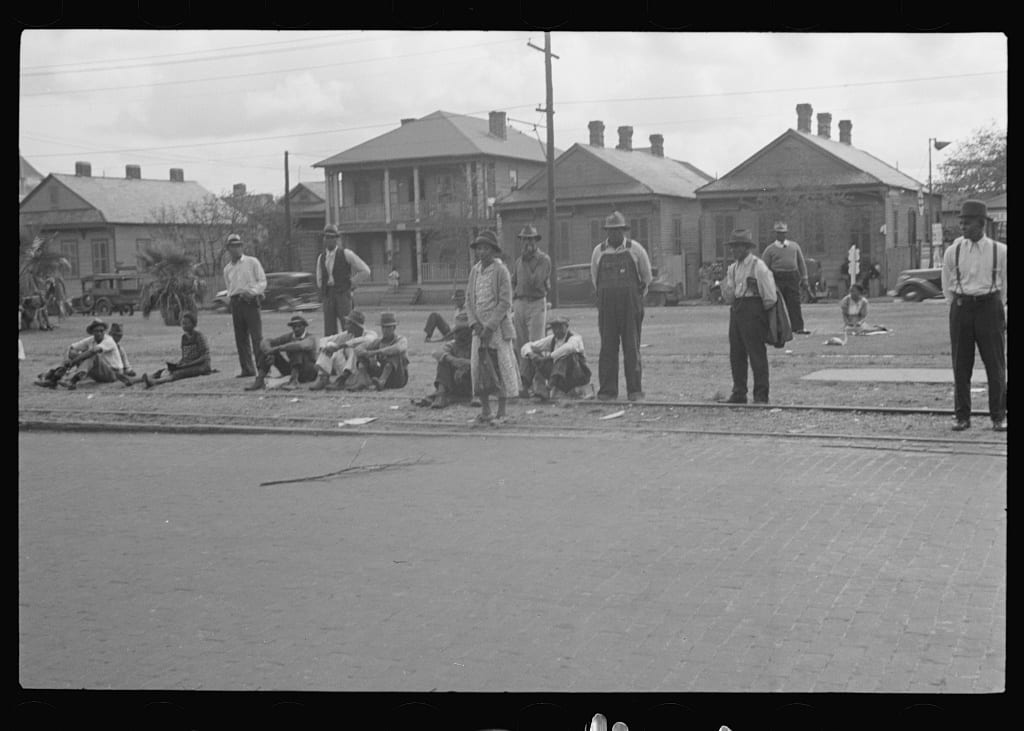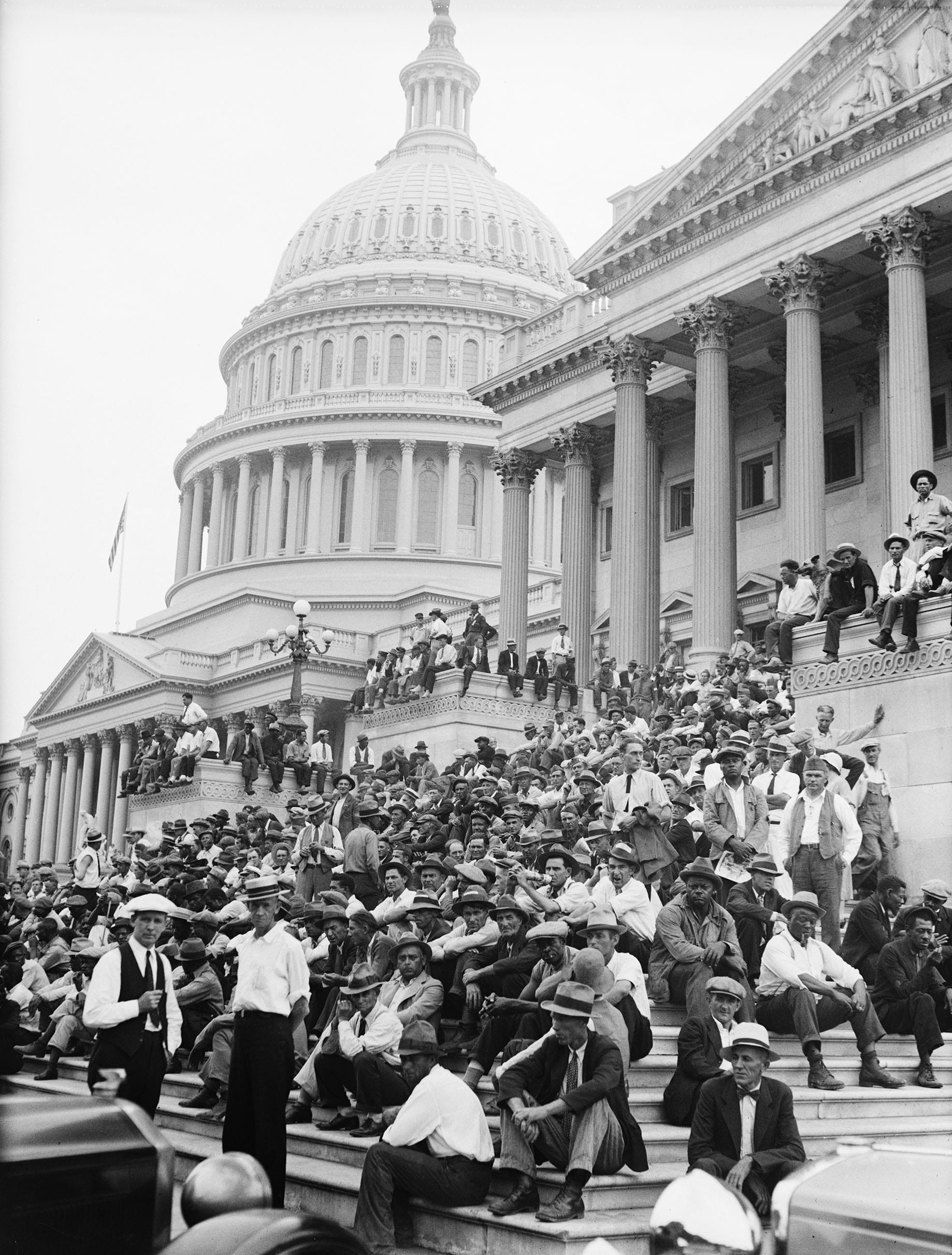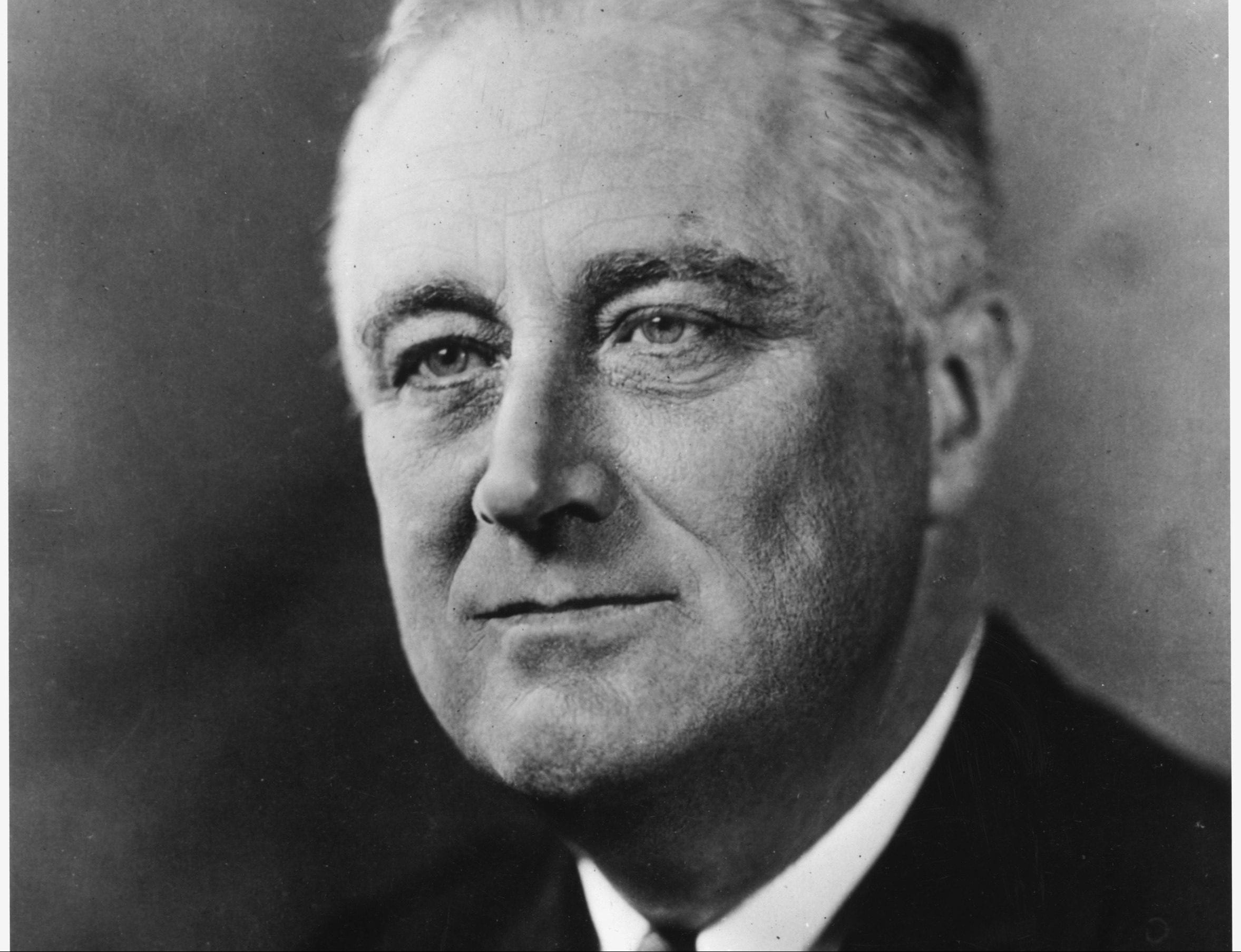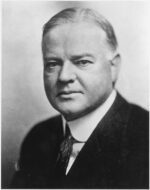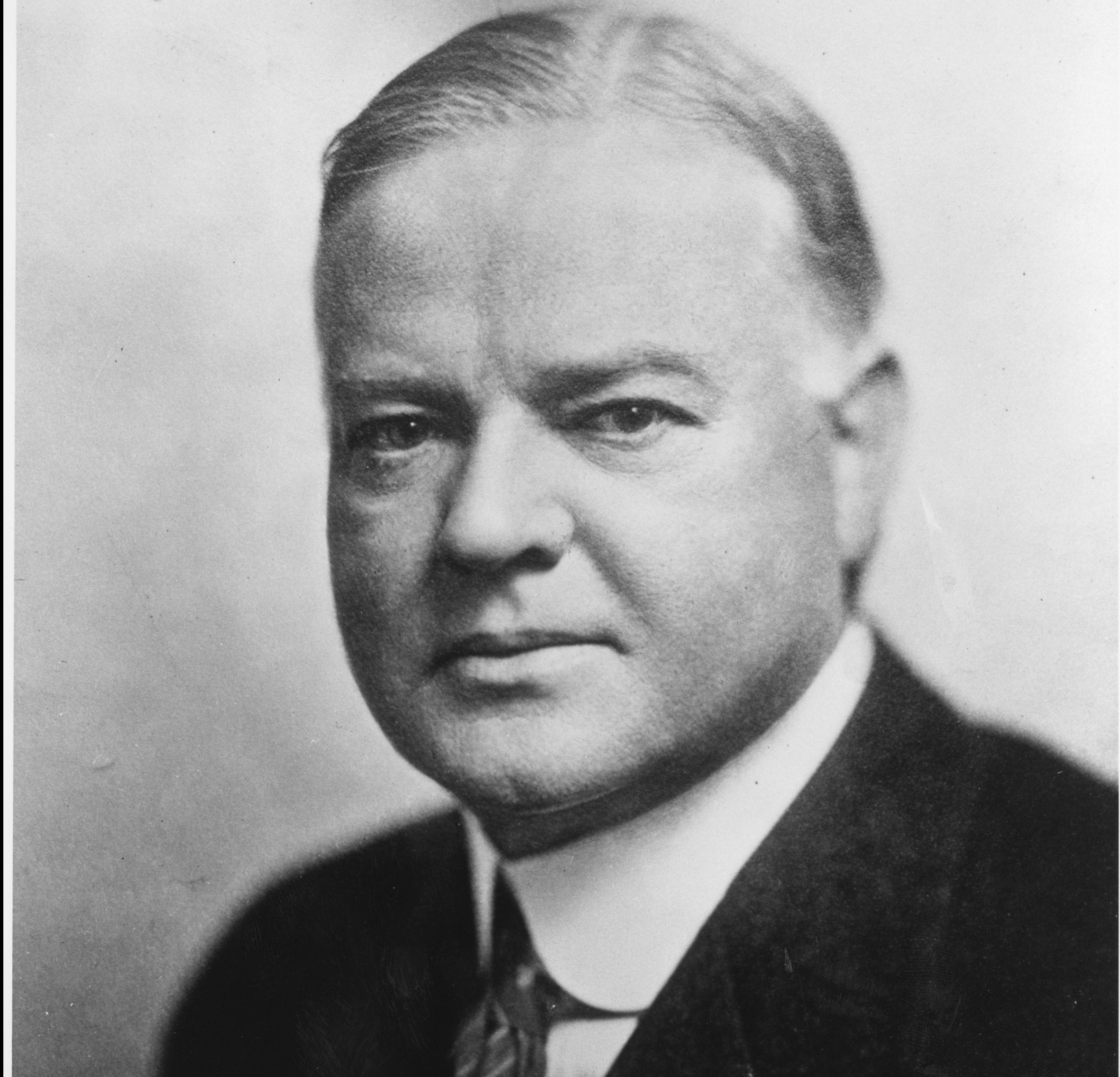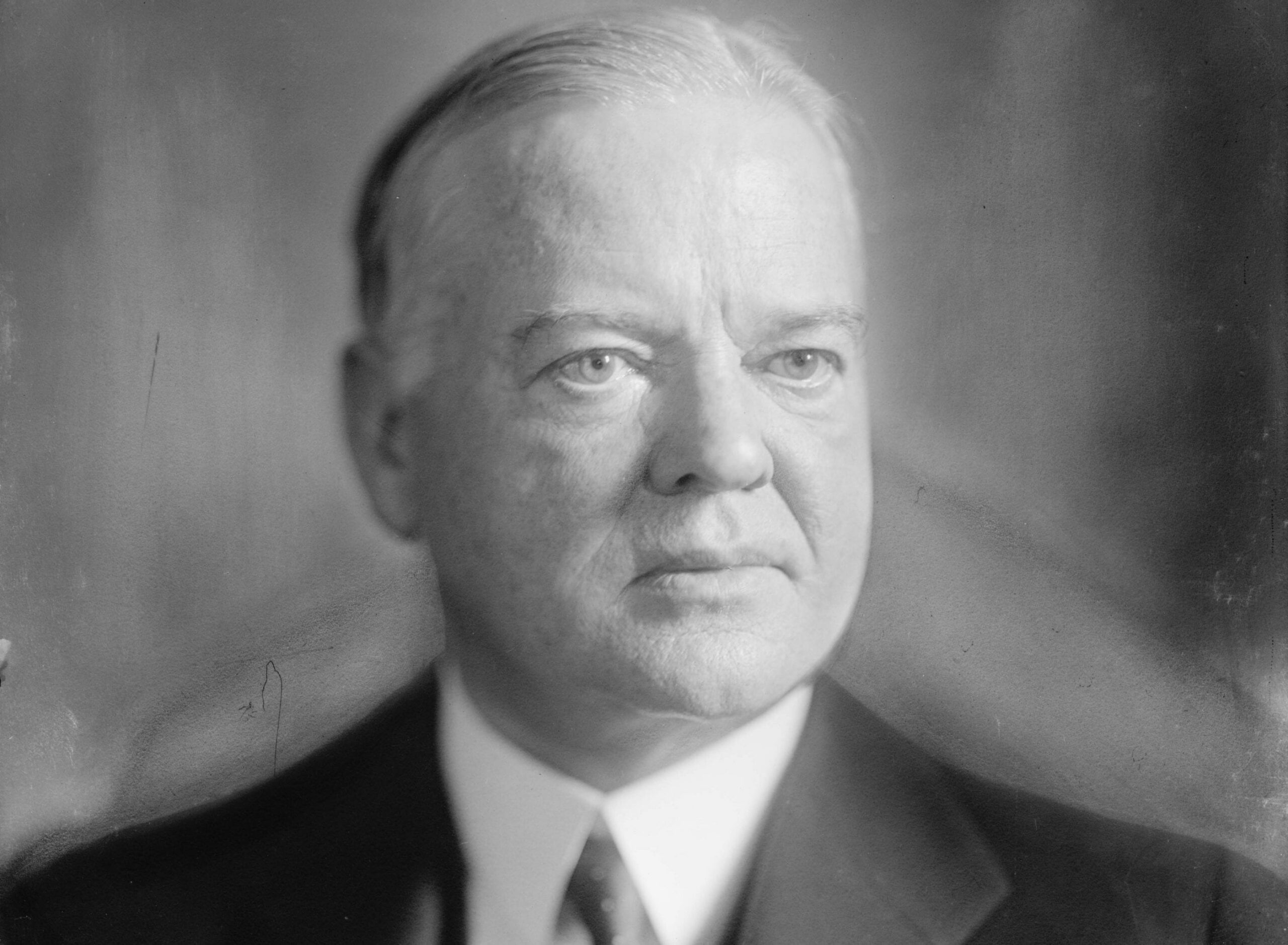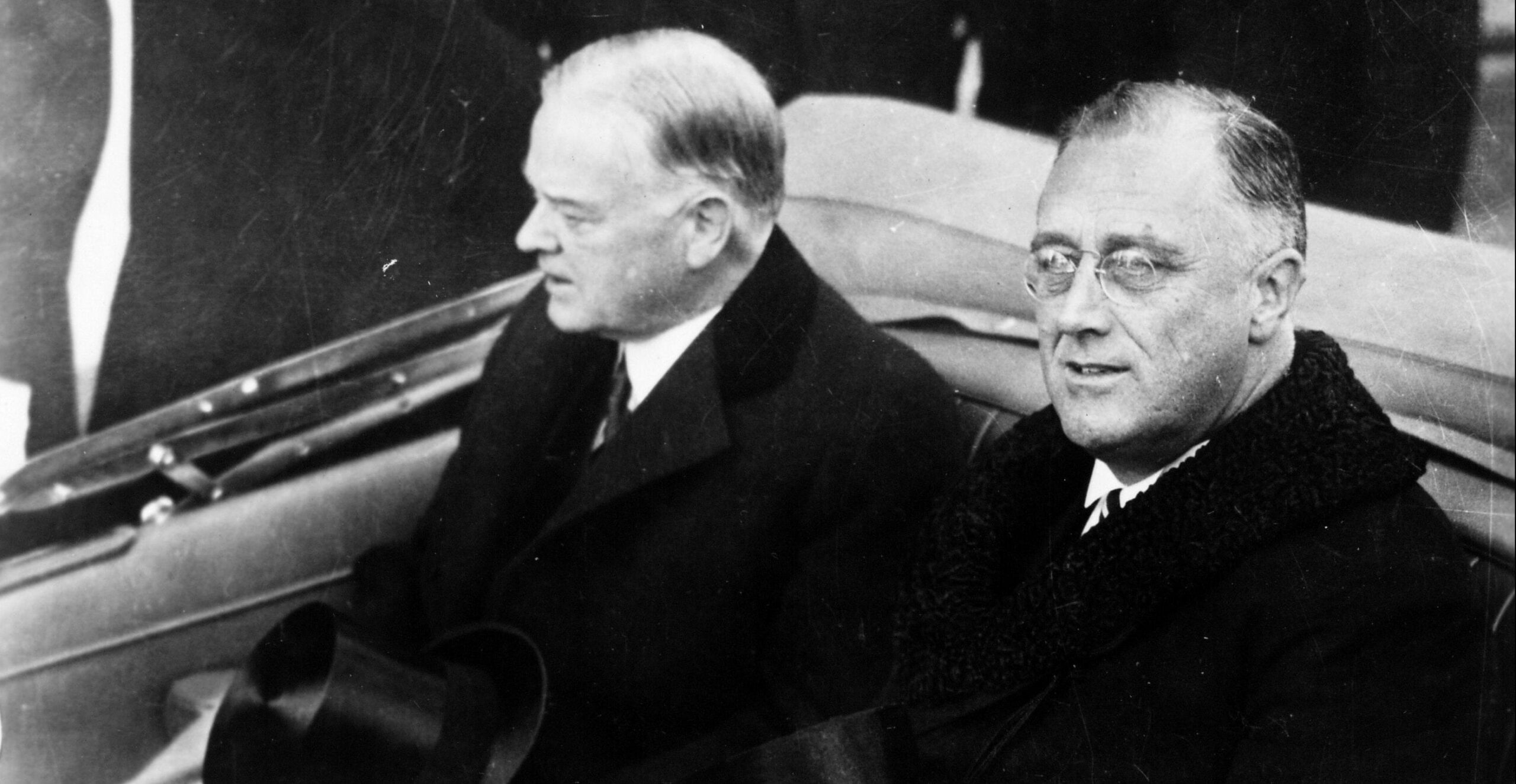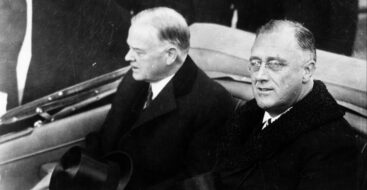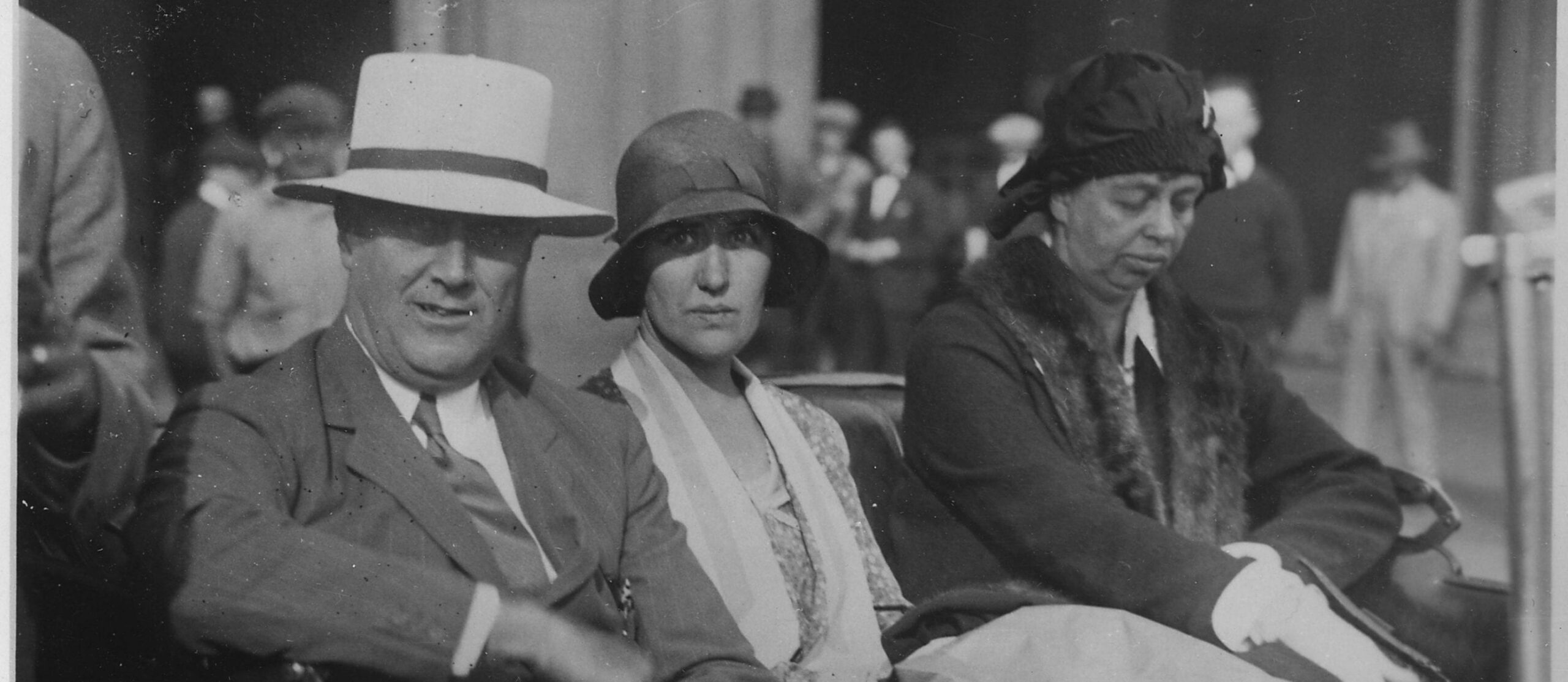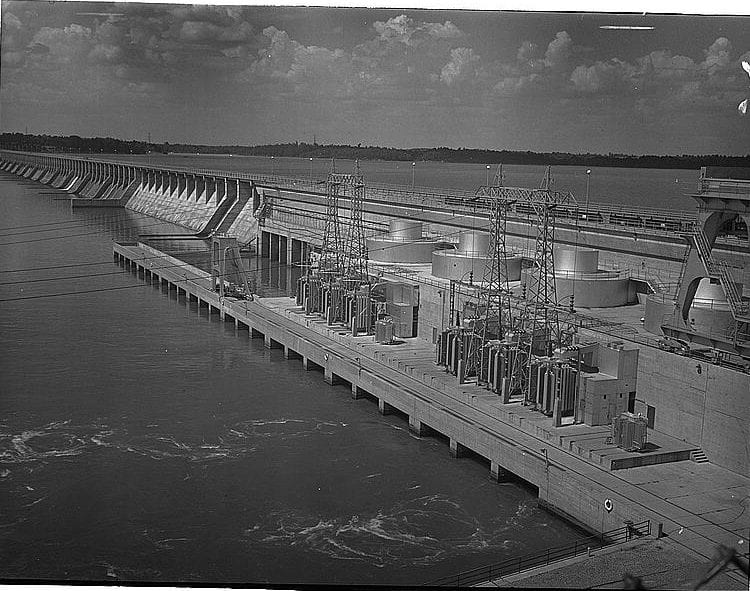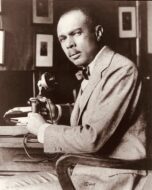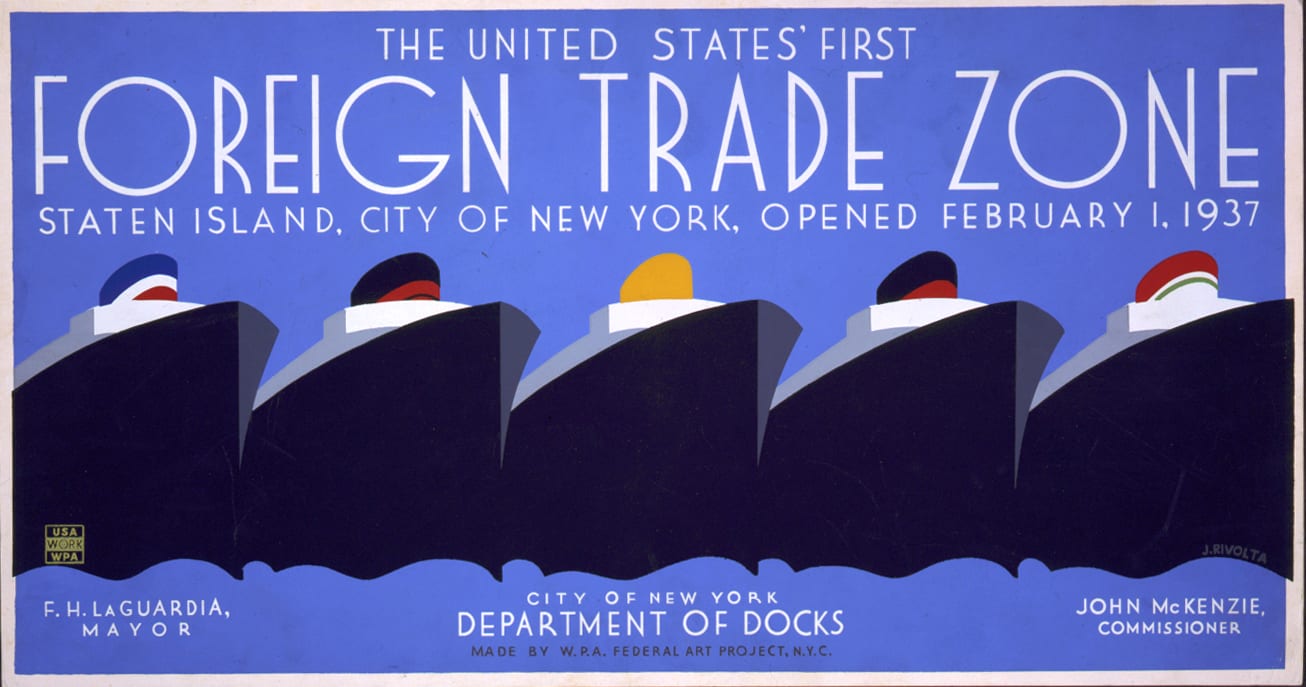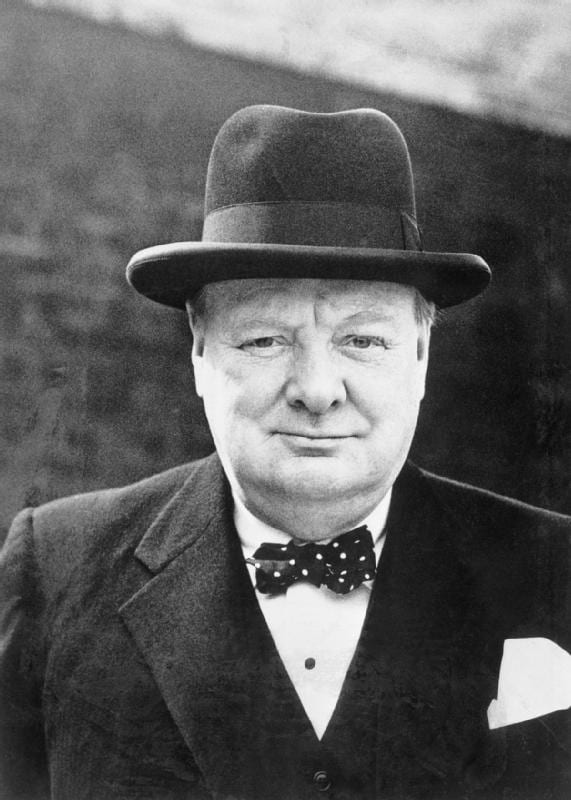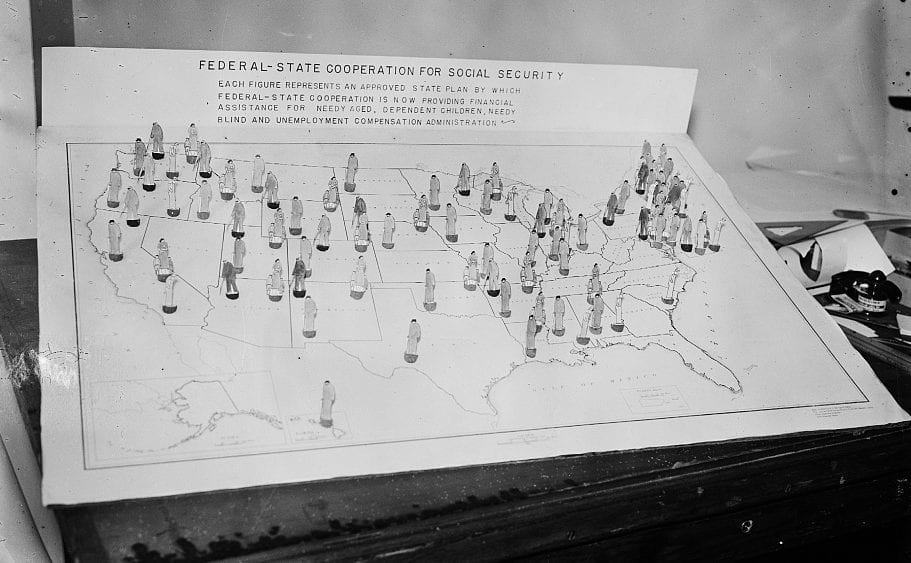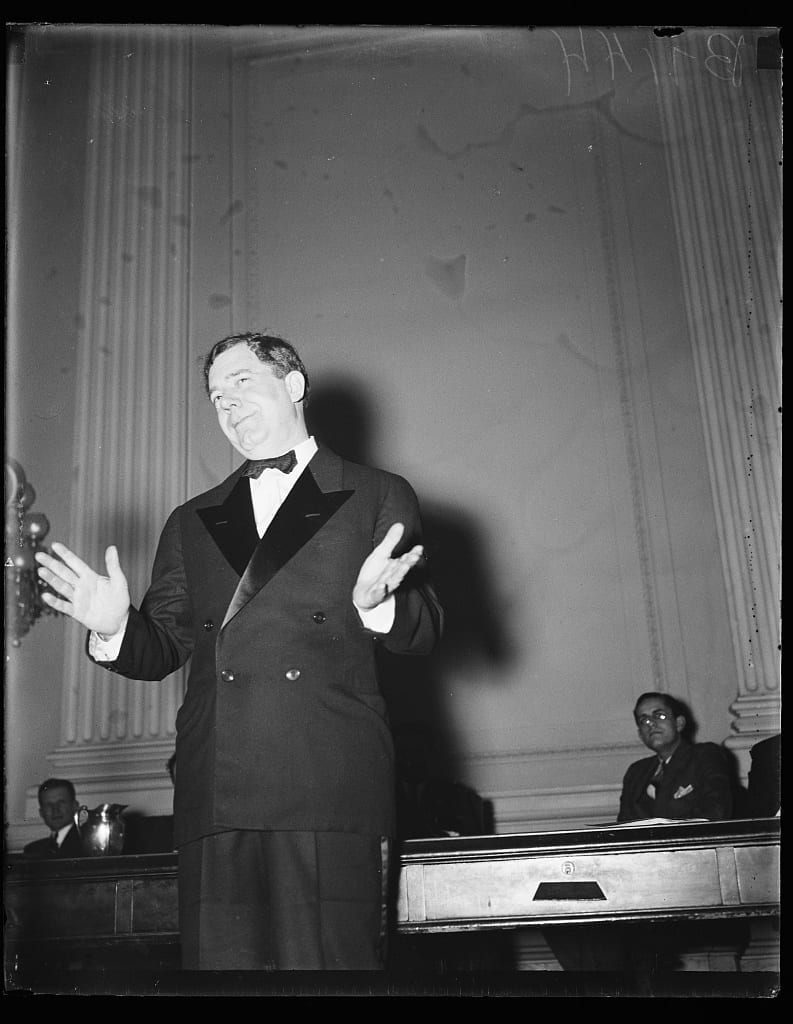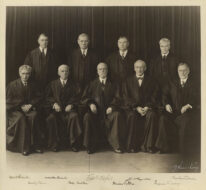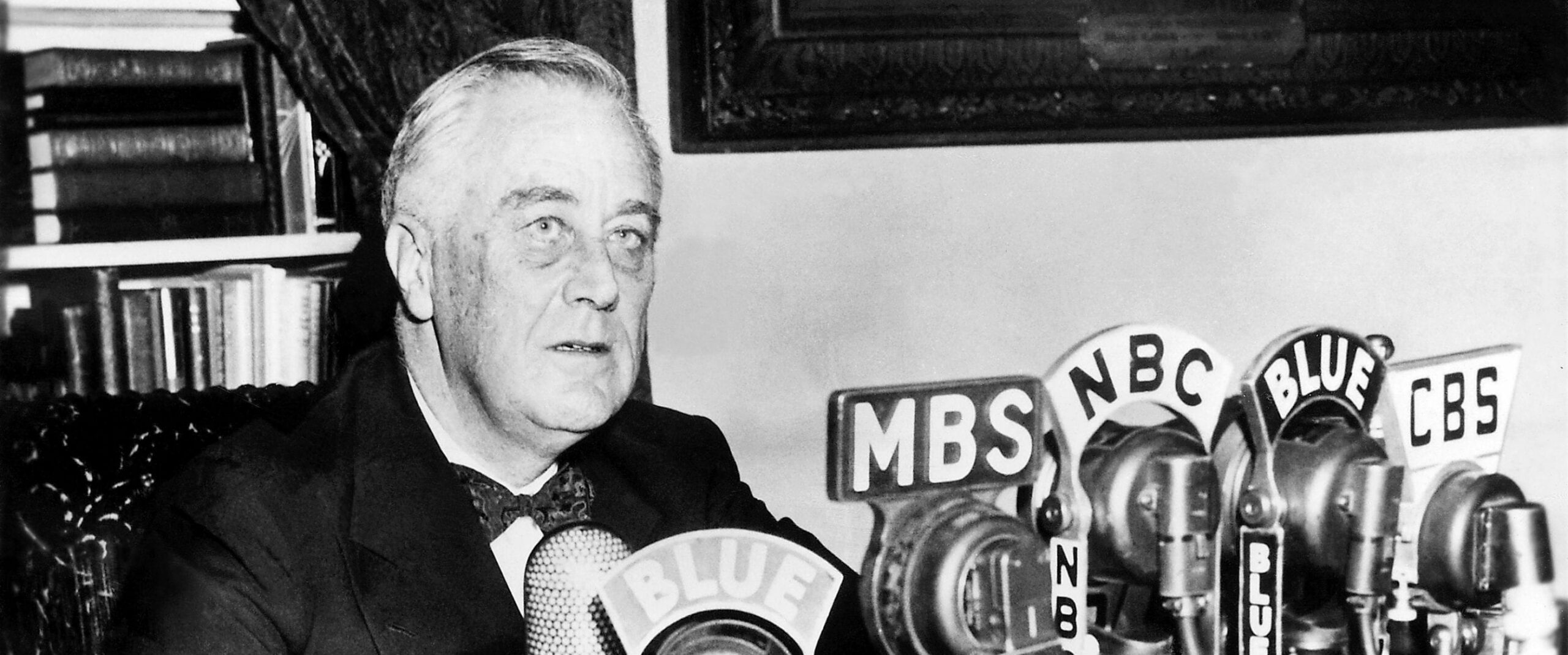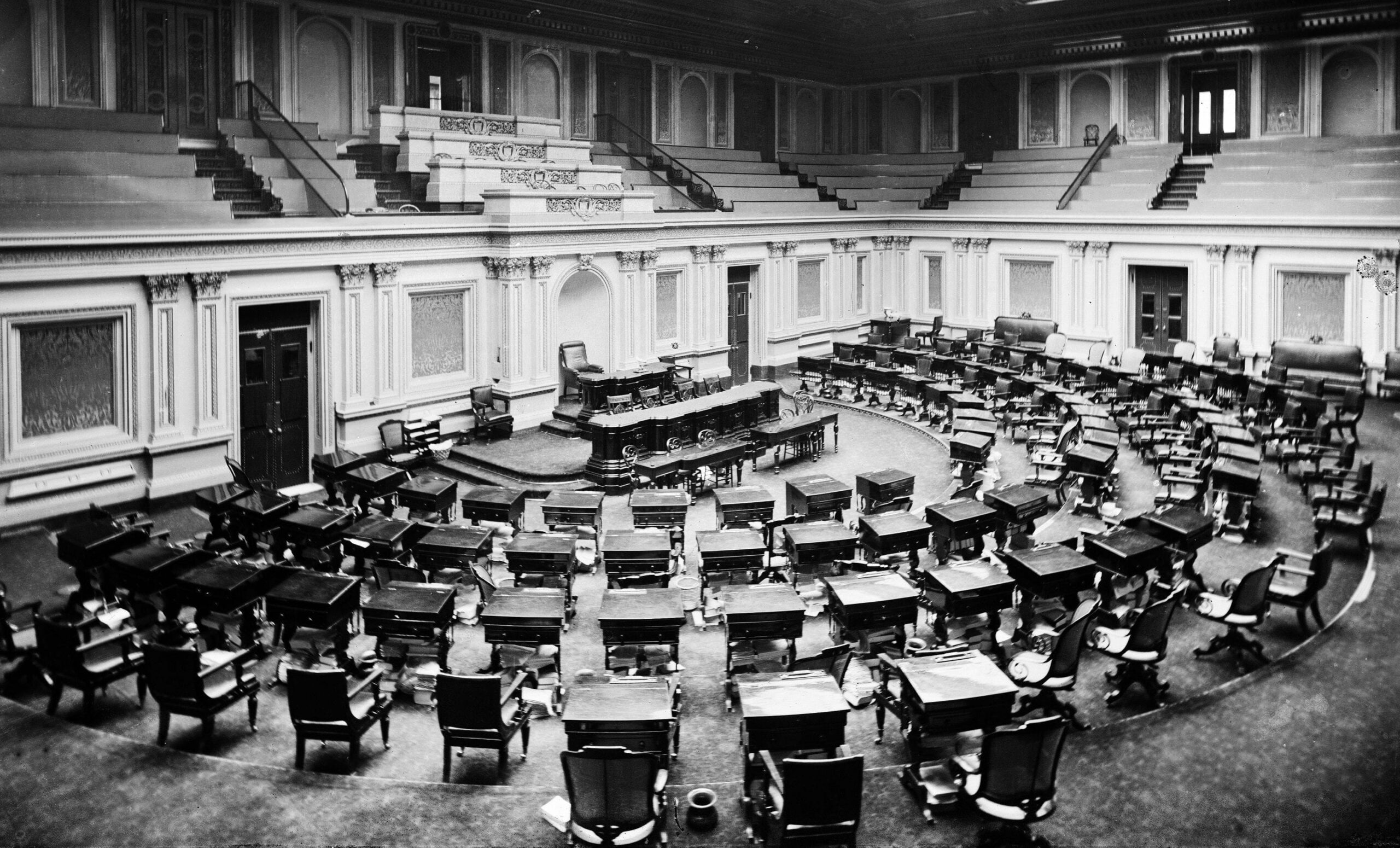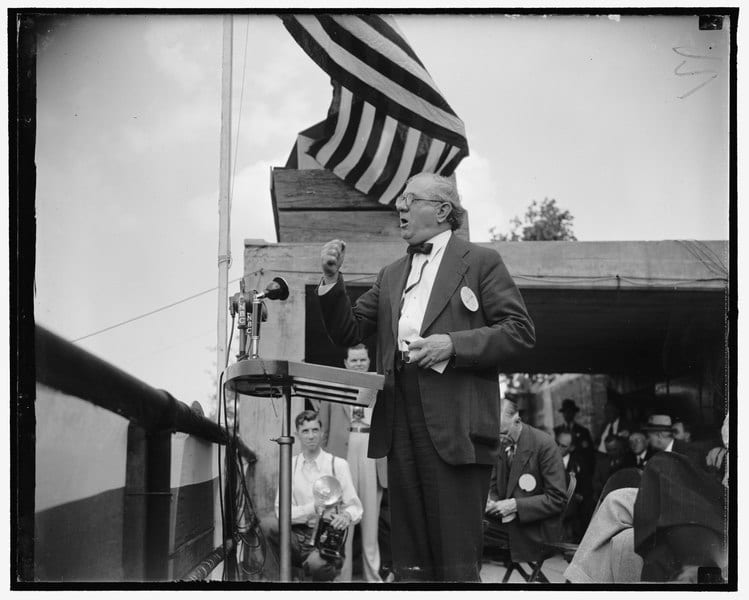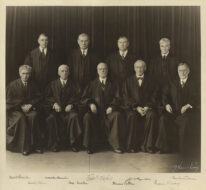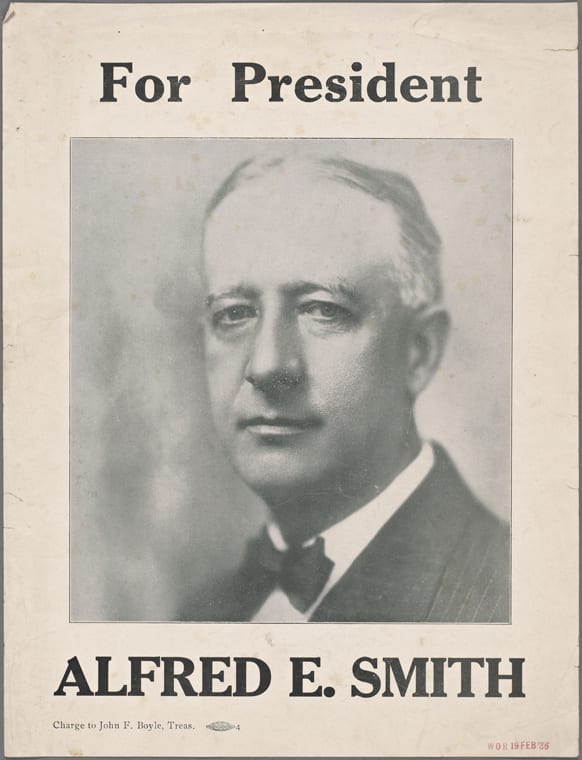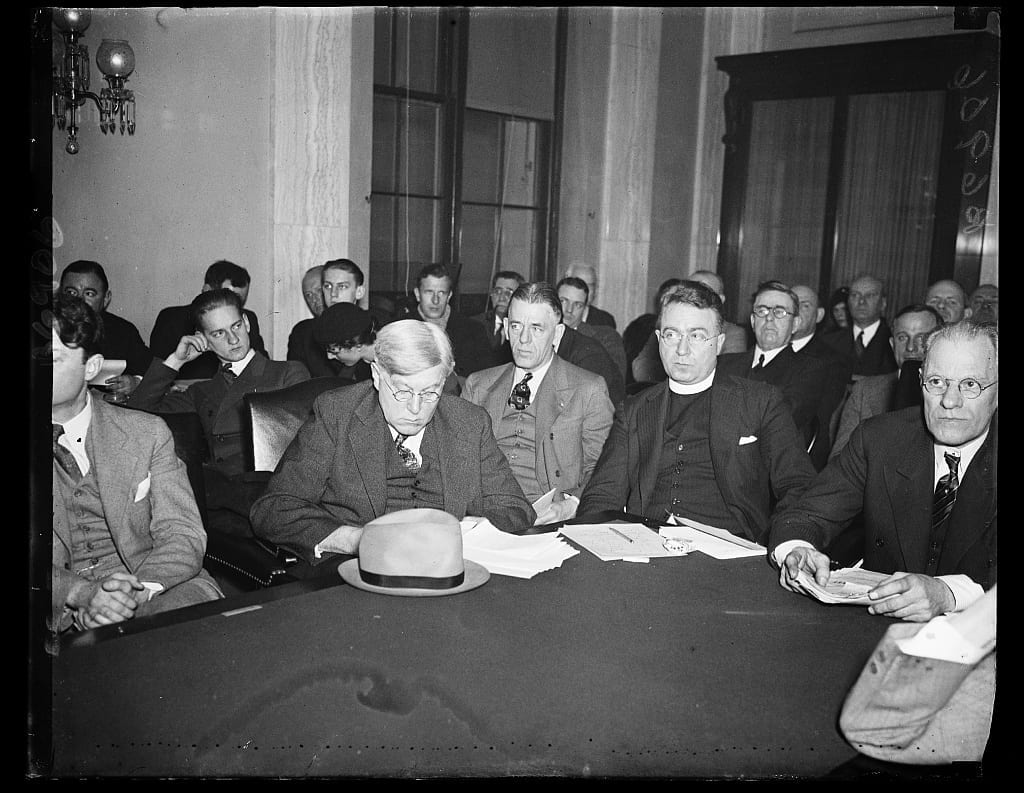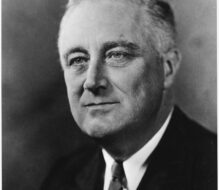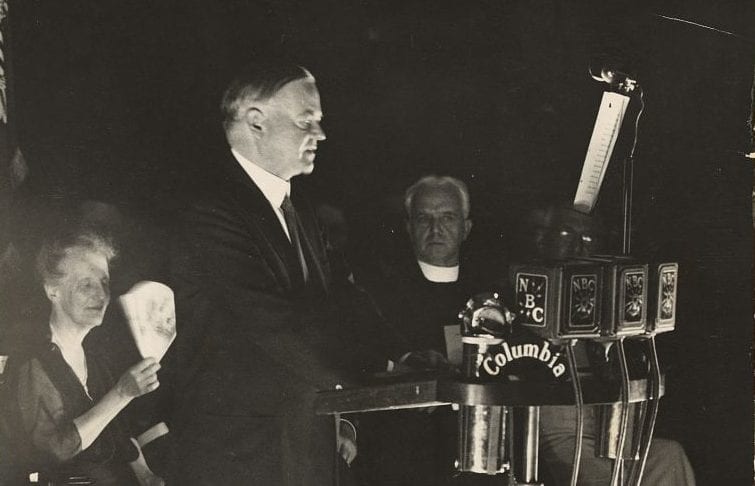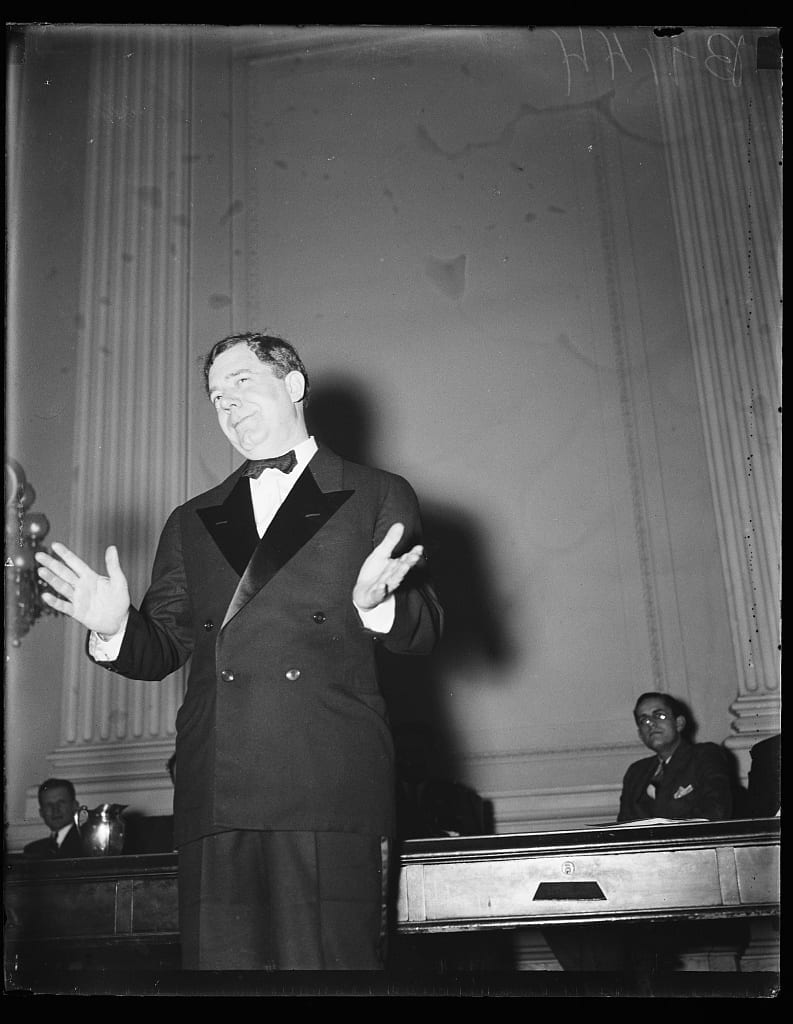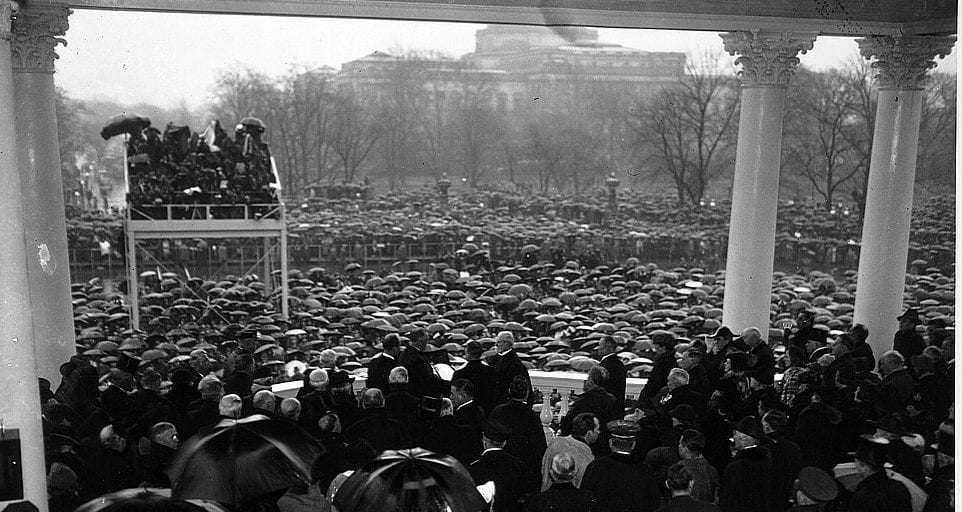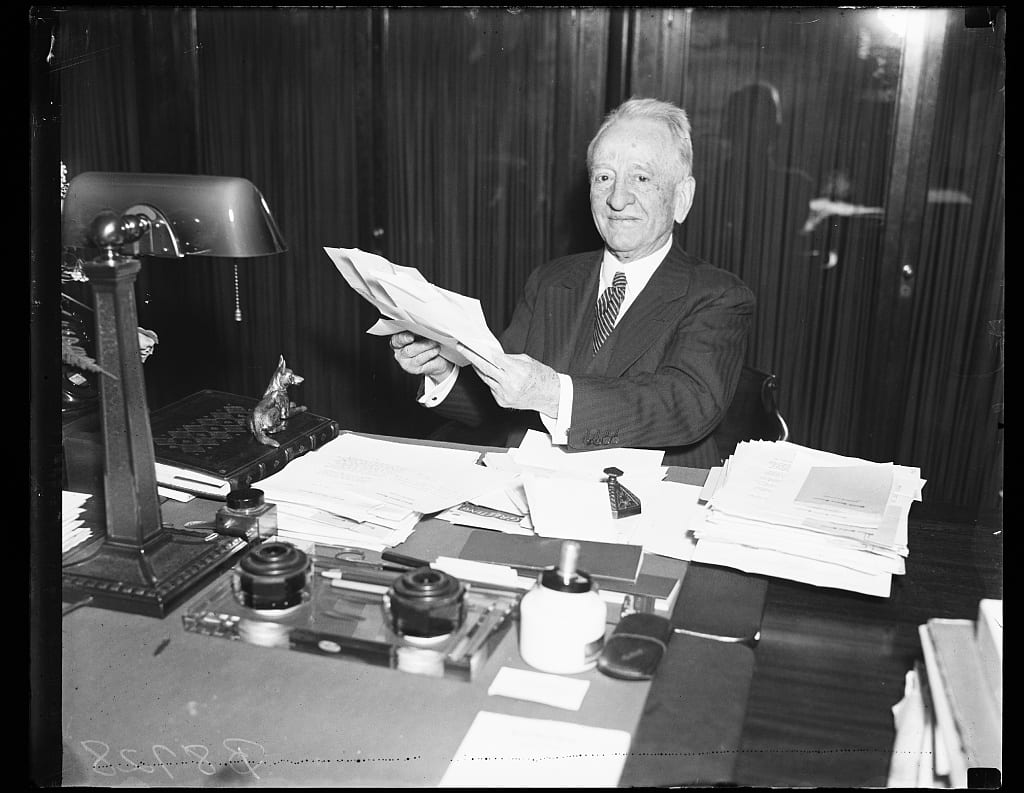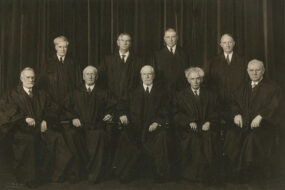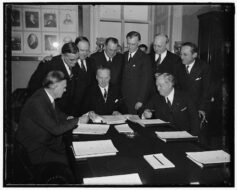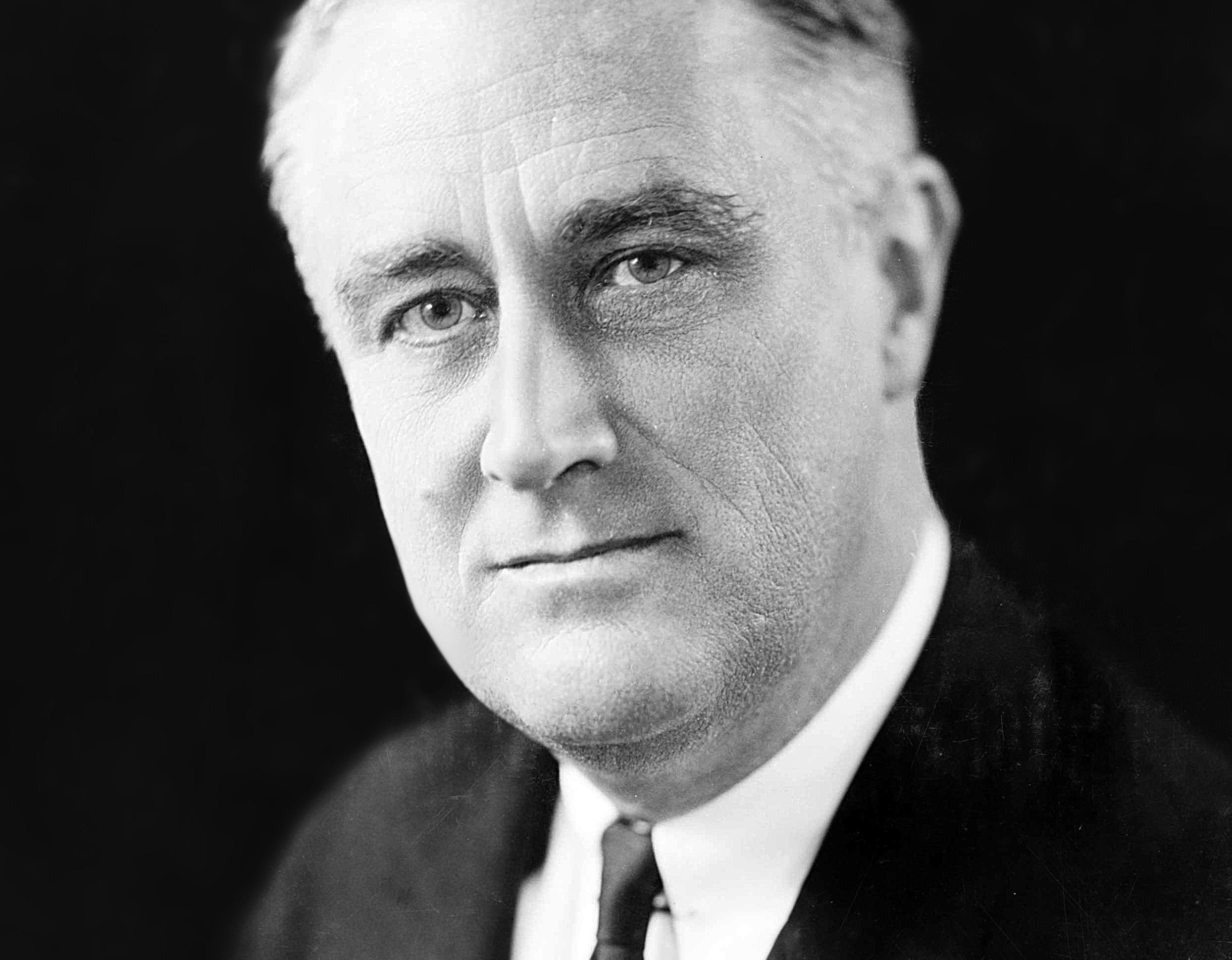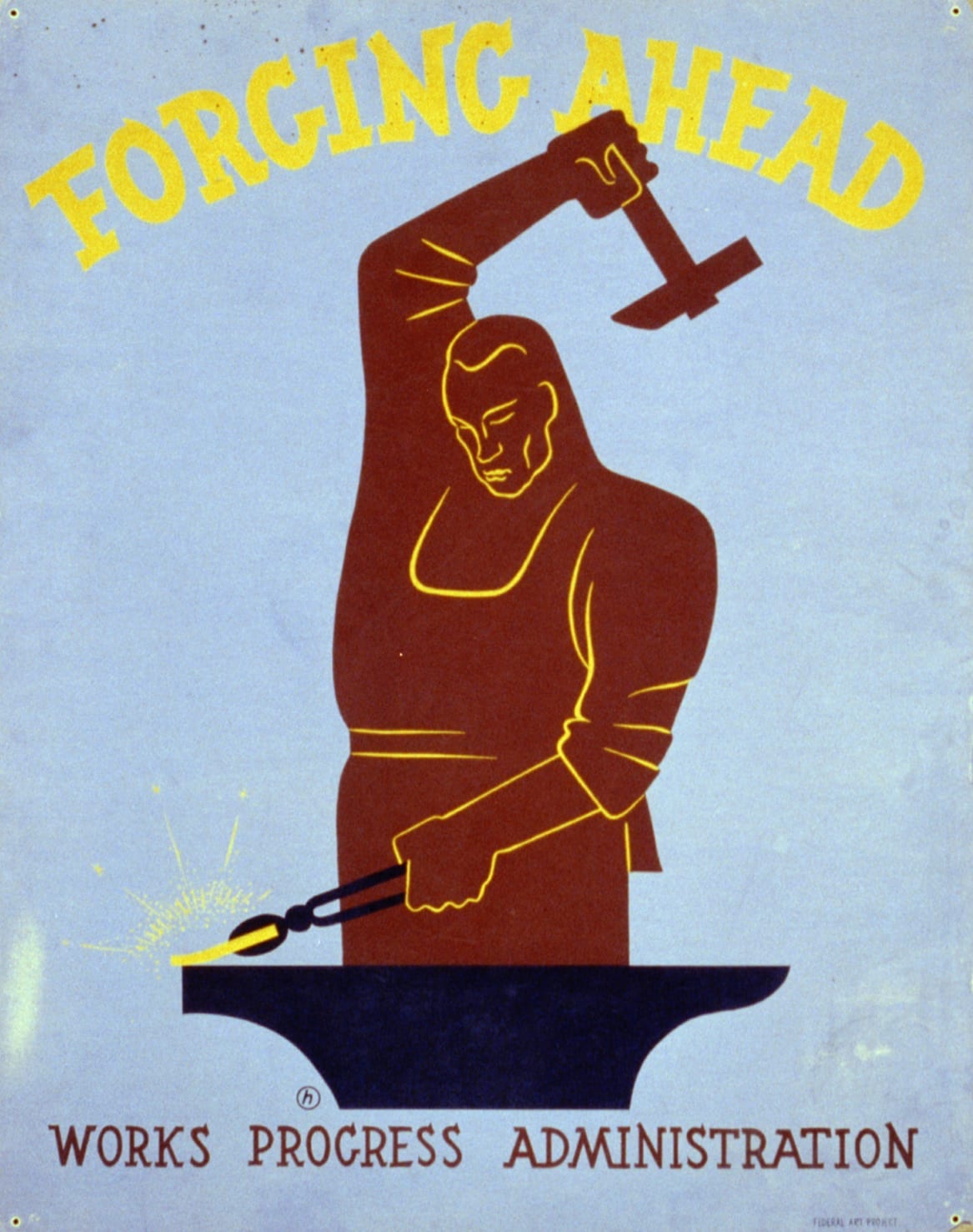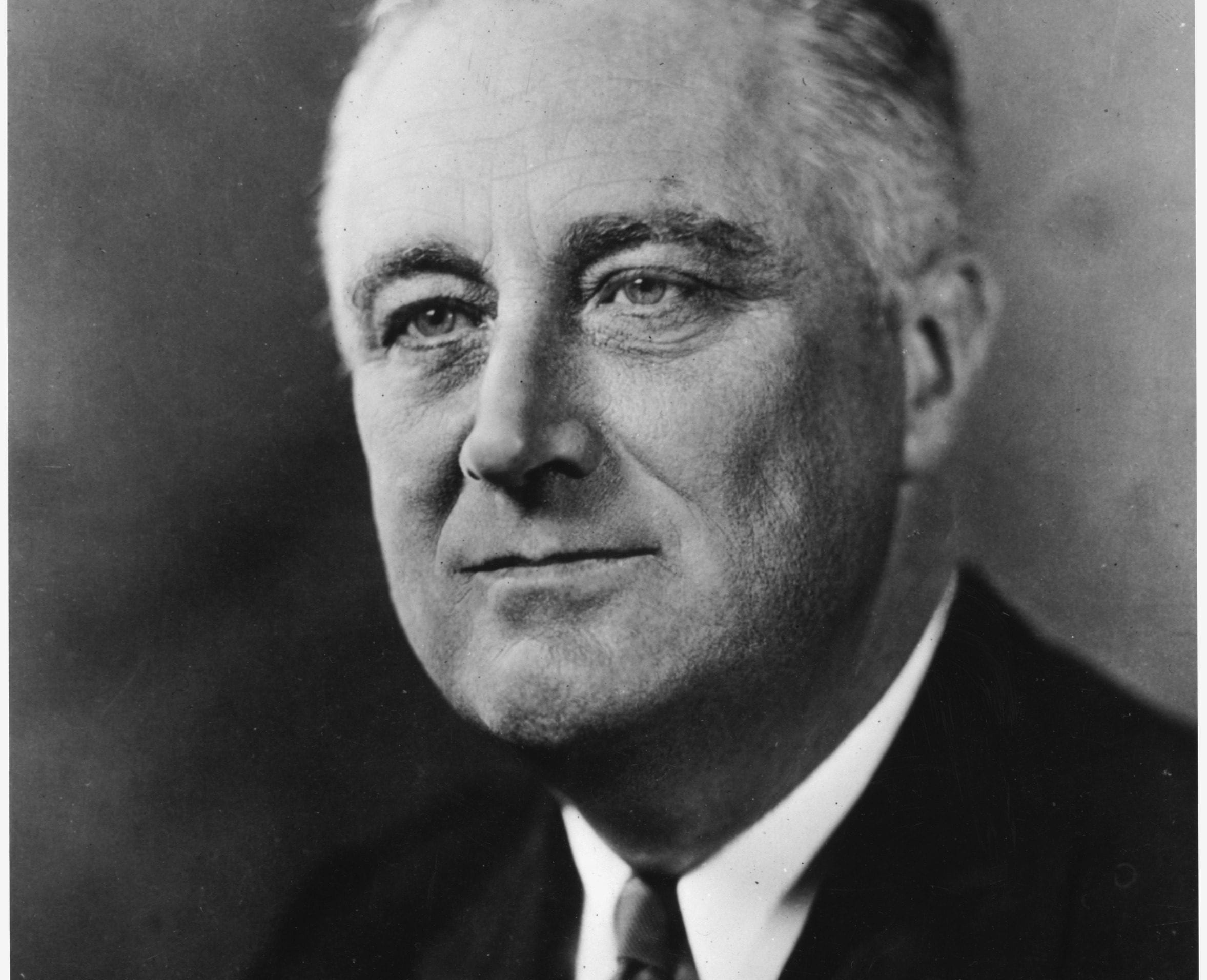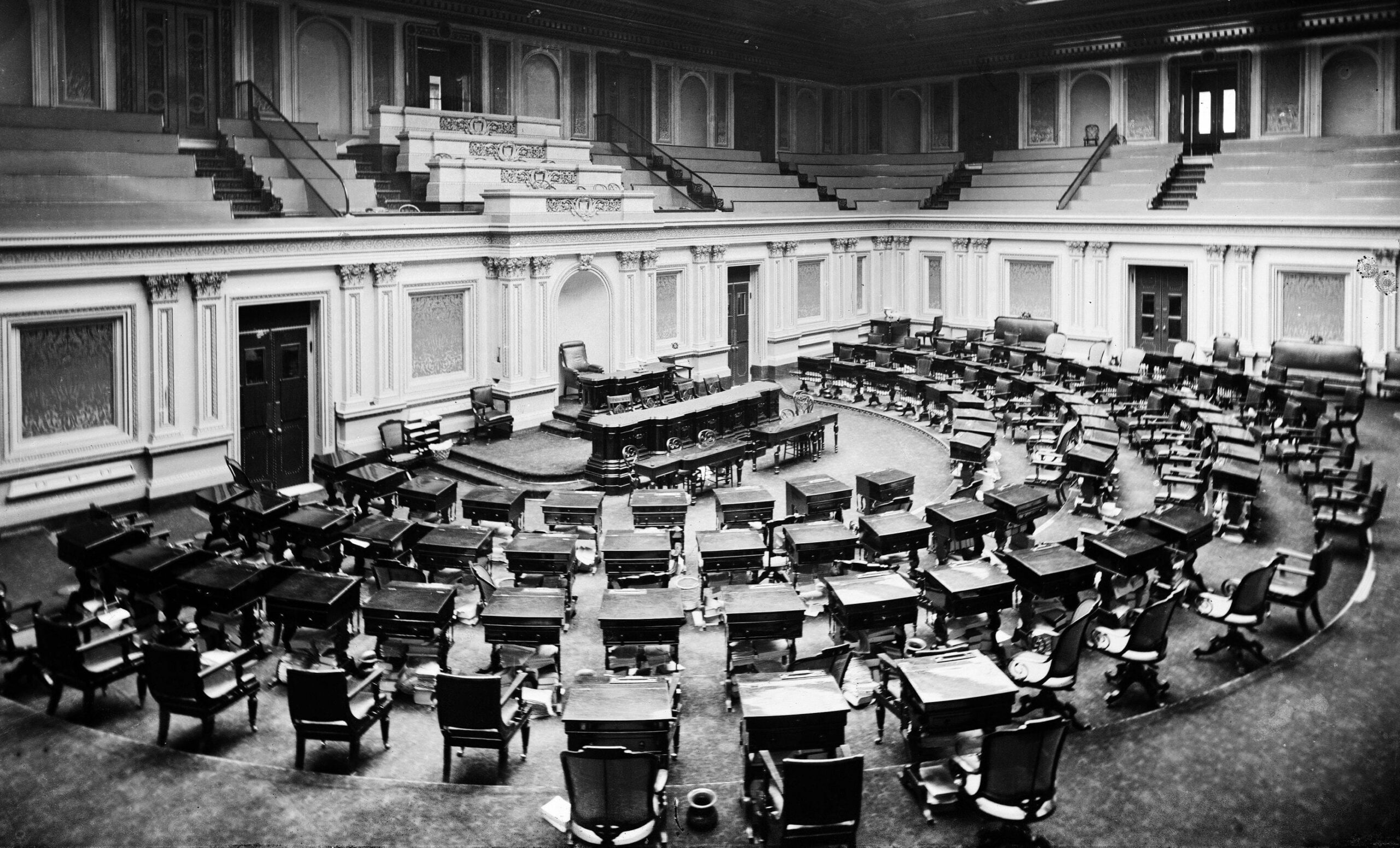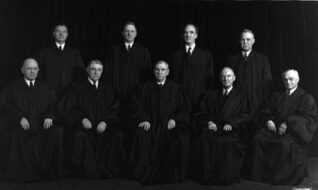
No study questions
No related resources
The board form of organization is unsuited to the work of a central personnel agency. This form of organization, as stated elsewhere in this report, has everywhere been found slow, cumbersome, wasteful, and ineffective in the conduct of administrative duties. Board members are customarily laymen not professionally trained or experienced in the activities for which they are responsible. They remain in office for relatively short periods and rarely acquire the degree of expertness necessary to executive direction. The board form of organization also has a serious internal weakness. Conflicts and jealousies frequently develop within a board and extend downward throughout the organization causing cliques and internal dissentions disrupting to morale and to work. Board administration tends to diffuse responsibility, to produce delays, and to make effective cooperation or vigorous leadership impossible. The history of the Civil Service Commission has been no exception to this general rule.
Federal personnel management, therefore, needs fundamental revision. The Civil Service Commission should be reorganized into a Civil Service Administration, with a single executive officer, to be known as the Civil Service Administrator, and a nonsalaried Civil Service Board of seven members appointed by the President. This Board would be charged not with administrative duties but with the protection and development of the merit system in the Government…
The adoption of the plan of a single-headed executive for the central personnel agency would give it a degree of unity, energy, and responsibility impossible to obtain in an administrative agency headed by a full-time board of several members. The Administrator should be selected on a competitive, nonpartisan basis by a special examining board designated by the Civil Service Board and should be appointed by the President, with the advice and consent of the Senate, from the three highest candidates passing the examination conducted to fill the post. In this manner careful attention would be given to the professional and technical qualifications required by the office and the merit principle would be extended to the very top of the Civil Service Administration. The President should be able to remove the head of this managerial agency at any time but would be required to appoint his successor in the manner stated above.
The Civil Service Administrator would take over the functions and activities of the present Civil Service Commission. In addition, he would act as the direct adviser to the President upon all personnel matters and would be responsible to the President for the development of improved personnel policies and practices throughout the service. From time to time he would propose to the President needed amendments to the civil-service rules and regulations. He would suggest to the President recommendations for civil-service legislation and would assume initiative and leadership in personnel management…
Personnel management is an essential element of executive management. To set it apart or to organize it in a manner unsuited to serve the needs of the Chief Executive and the executive establishments is to render it impotent and ineffective. It may be said that a central personnel managerial agency directly under the President, with the primary duty of serving rather than of policing the departments, would be subject to political manipulation and would afford less protection against political spoils than a Civil Service Commission somewhat detached from the Administration. This criticism does not take into account the fact that the Civil Service Commission today is directly responsible to the President; its members are appointed by him and serve at his pleasure; they are not independent of the President and could not be made so under the Constitution. The reorganization of the Civil Service Commission as a central personnel managerial agency of the President would greatly advance the merit principle in the Government and would lead to the extension of civil service.
The valuable services that can be performed and the contributions that can be made by a lay board representing the public interest in the merit system should not be sacrificed, even though responsibility for actual administration is vested in a single Administrator. The placing of large powers of administration in the official makes it essential to preserve the value of vigilance and criticism that, in large measure, have been afforded by the rotation in office of lay-civil service commissioners who have hitherto supervised the staff work.
A fundamental flaw in the present organization of the Commission would be removed by the establishment of an Administrator and a Board. The commission is now obliged to administer and to appraise and criticize its own administration. These functions are basically incompatible. An effective appraisal, critical and constructive, must be entirely detached from execution…
Beginning with the Interstate Commerce Commission in 1887, the Congress has set up more than a dozen independent regulatory commissions to exercise the control over commerce and business necessary to the orderly conduct of the Nation’s economic life. These commissions have been the result of legislative groping rather than the pursuit of a consistent policy. This is shown by the wide variety in their structure and functions and also by the fact that just as frequently the Congress has given regulatory functions of the same kind to the regular executive departments.
These independent commissions have been given broad powers to explore, formulate, and administer policies of regulation; they have been given the task of investigating and prosecuting business misconduct; they have been given powers, similar to those exercised by courts of law, to pass in concrete cases upon the rights and liabilities of individuals under the statutes. They are in reality miniature independent governments set up to deal with the railroad problem, the banking problem, or the radio problem. They constitute a headless “fourth branch” of the Government, a haphazard deposit of irresponsible agencies and uncoordinated powers. They do violence to the basic theory of the American Constitution that there should be three major branches of the Government and only three. The Congress has found no effective way of supervising them, they cannot be controlled by the President, and they are answerable to the courts only in respect to the legality of their activities.
Mixture of Executive and Judicial Functions
The independent regulatory commissions create a confusing and difficult situation in the field of national administration. There is a conflict of principle involved in their make-up and functions. They suffer from an internal inconsistency, an unsoundness of basic theory. This is because they are vested with duties of administration and policy determination with respect to which they ought to be clearly and effectively responsible to the President, and at the same time they are given important judicial work in the doing of which they ought to be wholly independent of Executive control. In fact, the bulk of regulatory commission work involves the application of legislative “standards” of conduct to concrete cases, a function at once discretionary and judicial, and demanding, therefore, both responsibility and independence.
The evils resulting from this confusion of principles are insidious and far-reaching. In the first place, governmental powers of great importance are being exercised under conditions of virtual irresponsibility. We speak of the “independent” regulatory commissions. It would be more accurate to call them the “irresponsible” regulatory commissions, for they are areas of unaccountability. It is not enough to point out that these irresponsible commissions have of their own volition been honest and competent. Power without responsibility has no place in a government based on the theory of democratic control, for responsibility is the people’s only weapon, their only insurance against abuse of power.
But though the commissions enjoy power without responsibility, they also leave the President with responsibility without power. Placed by the Constitution at the head of a unified and centralized Executive Branch, and charged with the duty to see that the laws are faithfully executed, he must detour around powerful administrative agencies which are in no way subject to his authority and which are, therefore, both actual and potential obstructions to his effective over-all management of national administration. The commissions produce confusion, conflict, and incoherence in the formulation and in the execution of the President’s policies. Not only by constitutional theory, but by the steady and mounting insistence of public opinion, the President is held responsible for the wise and efficient management of the Executive Branch of the Government. The people look to him for leadership. And yet we whittle away the effective control essential to that leadership by parceling out to a dozen or more irresponsible agencies important powers of policy and administration.
At the same time the independent commission is obliged to carry on judicial functions under conditions which threaten the impartial performance of that judicial work. The discretionary work of the administrator is merged with that of the judge. Pressures and influences properly enough directed toward officers responsible for formulating and administering policy constitute an unwholesome atmosphere in which to adjudicate private rights. But the mixed duties of the commissions render escape from these subversive influences impossible.
Furthermore, the same men are obliged to serve both as prosecutors and as judges. This not only undermines judicial fairness; it weakens public confidence in that fairness. Commission decisions affecting private rights and conduct lie under the suspicion of being rationalizations of the preliminary findings which the commission, in the role of prosecutor, presented to itself.
The independent commission, in short, provides the proper working conditions neither for administration nor for adjudication. It fails to provide responsibility for the first; it does not provide complete independence for the second.
The Administrative Problem
The independent commissions present a serious immediate problem. No administrative reorganization worthy of the name can leave hanging in the air more than a dozen powerful, irresponsible agencies free to determine policy and administer law. Any program to restore our constitutional ideal of a fully coordinated Executive Branch responsible to the President must bring within the reach of that responsible control all work done by these independent commissions which is not judicial in nature. That challenge cannot be ignored.
At the same time, the commissions present a long-range problem of equal or even greater seriousness. This is because we keep on creating them. Congress is always tempted to turn each new regulatory function over to a new independent commission. This is not only following the line of least resistance; it is also following a fifty-year-old tradition. The multiplication of these agencies cannot fail to obstruct the effective over-all management of the Executive Branch of the Government almost in geometric ratio to their number. At the present rate we shall have forty to fifty of them within a decade. Every bit of executive and administrative authority which they enjoy means a relative weakening of the President, in whom, according to the Constitution, “the executive power shall be vested.” As they grow in number his stature is bound to diminish. He will no longer be in reality the Executive, but only one of many executives, threading his way around obstacles which he has no power to overcome.
We have watched the growth of boards and commissions transform the executive branches of our State governments into grotesque agglomerations of independent and irresponsible units, bogged by the weight and confusion of the whole crazy structure. The same tendency in national administration will bring the same disastrous results. That tendency should be stopped.
It is imperative that we discover some technique or principle by which the work done by our present regulatory commissions, together with such new regulatory tasks as arise in the future, may be handled without the loss of responsibility for policy and administration and without the undermining of judicial neutrality. Is there not some way to retain the major advantages that the commissions aim to secure and, at the same time, to get rid of their basic unsoundness?
Redistribution of Functions
The following proposal is put forward as a possible solution of the independent commission problem, present and future. Under this proposed plan the regulatory agency would be set up, not in a governmental vacuum outside the executive departments, but within a department. There it would be divided into an administrative section and a judicial section. The administrative section would be a regular bureau or division in the department, headed by a chief with career tenure and staffed under civil-service regulations. It would be directly responsible to the Secretary and through him to the President. The judicial section, on the other hand, would be “in” the department only for purposes of “administrative housekeeping,” such as the budget, general personnel administration, and material. It would be wholly independent of the department and the President with respect to its work and its decisions. Its members would be appointed by the President with the approval of the Senate for long, staggered terms and would be removable only for causes stated in the statute.
The division of work between the two sections would be relatively simple. The first procedural steps in the regulatory process as now carried on by the independent commissions would go to the administrative section. It would formulate rules, initiate action, investigate complaints, hold preliminary hearings, and by a process of sifting and selection prepare the formal record of cases which is now prepared in practice by the staffs of the commissions. It would, of course, do all the purely administrative or sub-legislative work now done by the commissions—in short, all the work which is not essentially judicial in nature. The judicial section would sit as an impartial, independent body to make decisions affecting the public interest and private rights upon the basis of the records and findings presented to it by the administrative section. In certain types of cases where the volume of business is large and quick and routine action is necessary, the administrative section itself should in the first instance decide the cases and issue orders, and the judicial section should sit as an appellate body to which such decisions could be appealed on questions of law.
This proposed plan meets squarely the problems presented by the independent commissions. It creates effective responsibility for the administrative and policy-determining aspects of the regulatory job and, at the same time, guarantees the complete independence and neutrality for that part of the work which must be performed after the manner of a court. It facilitates and strengthens administrative management without lessening judicial independence.
The plan has, furthermore, the great advantage of adaptability to varying conditions. With the administrative and judicial sections under the roof of the same department, the details of their organization could be worked out experimentally by Executive order. The precise division of labor between them could also be readily modified in the light of experience, and the shifting of a function from one section to the other would not raise the major jurisdictional controversies that sometimes result from proposals to alter the status or duties of an independent commission.
Furthermore, the principle of the plan does not have to be applied with exact uniformity to every commission. The requirement and present practices of each commission may be taken into consideration in carrying out this principle.
There is nothing essentially novel or startling about the proposed plan. There are numerous precedents and analogies which refute the suggestion that it is revolutionary or dangerous.
In the first place, we should remember that for thirty years important regulatory functions have been carried on by the executive departments. The powers of the Secretary of Agriculture under the Packers and Stockyards Act are essentially the same in nature and importance as those of the regulatory commissions. And there are over twenty regulatory laws similarly administered. By common consent the departments have done this work well. And yet, under this arrangement the judicial phases of the regulatory process, involving important rights of property, are handled by politically responsible, policy-determining officials, a system far more open to attack than the proposed plan which carefully places the adjudication of private rights in an independent judicial section.
In the second place, the idea of giving those phases of the administrative process which involve policy and discretion to a different agency from that which issues orders or makes decisions after the manner of a court is a very old one. We find this principle working comfortably in our legislative courts, such as the Customs Court and the Court of Claims, or in that pseudo-court, the Board of Tax Appeals. These bodies decide cases originating in the process of administration and presented to them by administrative officers. It is true that they are not handling cases which are precisely the same as those coming before our regulatory commissions, but they are established as they are in order that the functions of the administration need not be imposed upon the officials who are charged with the adjudication of private rights and the public interest. This same segregation of function lies at the heart of the proposed plan.
A groping after the same principle is found, in the third place, in those departments and agencies in which have been set up appellate bodies, judicialized in varying degrees, which sift and review the preliminary decisions and orders of administrative officers. This device has long been in operation in the Patent Office, the Immigration and Naturalization Service, the Veterans’ Administration, the Treasury, and elsewhere. Here again we recognize the desirability of separating the task of ultimate decisions upon private rights from the preliminary steps in which there is a larger element of administratitive discretion.
Finally, a close scrutiny of the way in which the more important regulatory commissions handle their work indicates that the division of functions between the proposed administrative and judicial sections is merely a formalizing by statutory enactment of the division of labor that has already been set up within the commissions themselves. In nearly every case the commissioners devote the major part of their time and energy to the deciding of cases and the issuance of orders on the basis of the records and findings prepared by the examiners, attorneys, and other officers making up the commission’s staff. The division of labor is, of course, very rough and tentative, and there is no corresponding division of responsibility between the commissioners and their subordinates. But the fact that the division of labor has emerged, not under any legal compulsion, but because it has proved a normal and convenient method of getting the commission’s work done, is significant for our present purposes.
The process of setting the proposed plan in motion would in a sense be merely the following of a path already roughly picked out. The present commissioners as a body would assume the status of a judicial section. The present staff of the commission under a responsible administrative chief could, with a minimum of disruption, be molded into an administrative section. It is difficult to see how the transition could be very disturbing or why the plans should not work smoothly and efficiently.

Conversation-based seminars for collegial PD, one-day and multi-day seminars, graduate credit seminars (MA degree), online and in-person.


